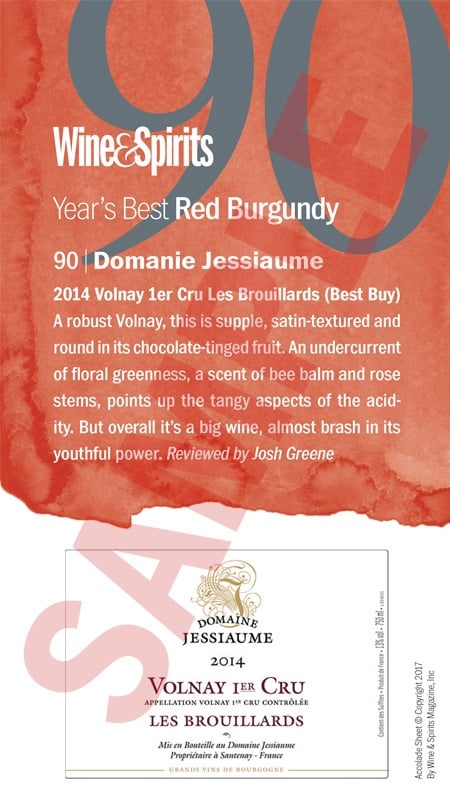The cocktail may be an American invention, but that doesn’t mean we have it all figured out when it comes to the culture of drinking. For instance, our “cocktail hour” tends to include drinks like a dry Martini or two, or a Manhattan. On their own merit, these drinks…
To read this article and more,
subscribe now.
To continue reading without interruption, subscribe and get unlimited digital access to our web content and wine search.
This story appears in the print issue of April 2016.
Like what you read? Subscribe today.















